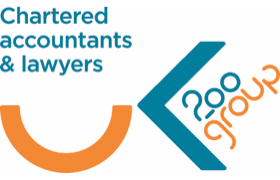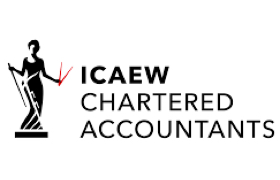Should you delay or advance the payment of dividends?
- 21st October 2021
When you decide to pay dividend payments you need to carefully consider the tax payable. If the basic rate band and dividend allowance have already been used in the tax year, then by delaying the dividend until the start of the new tax year, you could save tax.
FOR EXAMPLE
Jonas is director and sole shareholder of his one-man business.
Jonas is unsure whether to pay a dividend before or after the end of the 2021/22 tax year.
- During 2021/22 Jonas has other income of £25,000.
- He has retained profits in his business of £100,000.
- His personal allowance for 2021/22 is £12,570
- His dividend allowance for 2021/22 is £2,000
- The basic rate band for 2021/22 is £37,700
So considering the above income and allowances, Jonas’s other income of £25,000 uses all of his personal allowance leaving £12,430 which falls into the basic rate band. This leaves him with £25,270 of his basic rate band left.
Next Jonas uses his £2,000 tax-free dividend allowance leaving £23,270 of his basic rate band left.
Any further funds withdrawn from his business will incur tax at 7.5% of the remaining £23,270 of his basic rate band. After the basic rate band has been utilised any further funds withdrawn from the business would be liable to 32.5% tax. At this point Jonas may wish to delay taking any further funds from the business until the next tax year.
From April 2022
It is worth noting here that from 6 April 2022, the tax rate applied to dividend income will increase by 1.25% across the tax bands. From this date the basic rate of tax will be 8.75%, 33.75% for higher rate and 39.35% for the highest rate.
Currently, dividends are taxed on basic rate taxpayers at 7.5%, on higher rate taxpayers at 32.5% and the highest rate taxpayers are taxed at 38.1%. These increases will affect all UK taxpayers.
Any news or resources within this section should not be relied upon with regards to figures or data referred to as legislative and policy changes may have occurred.



